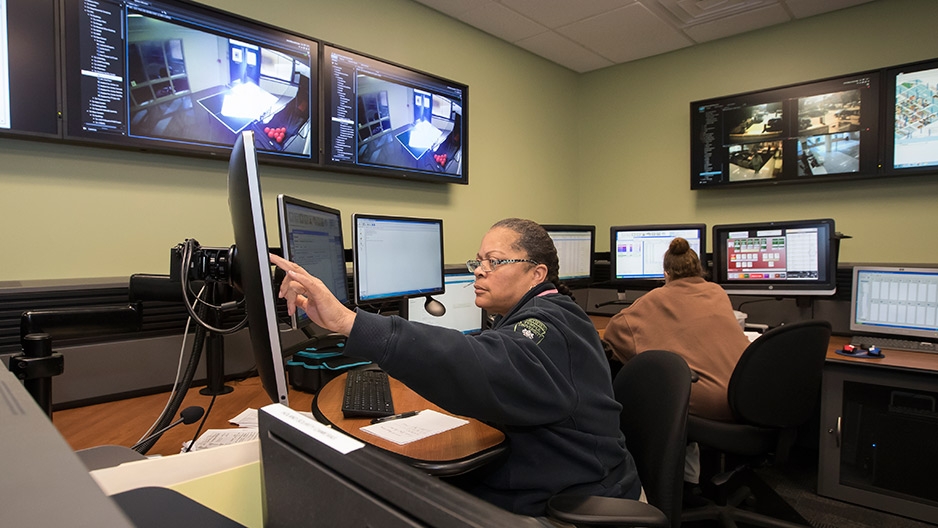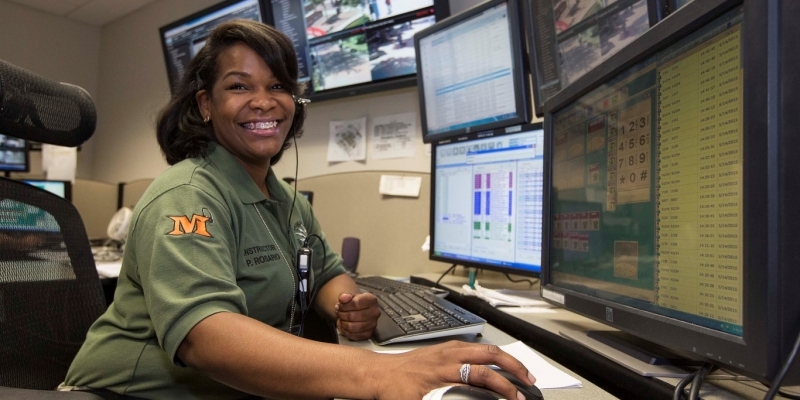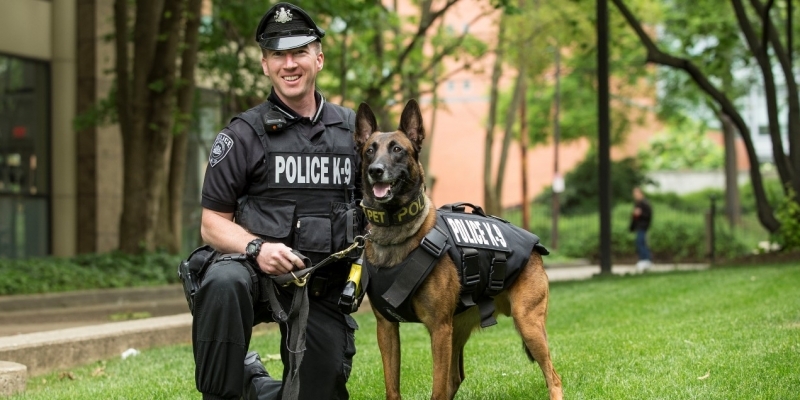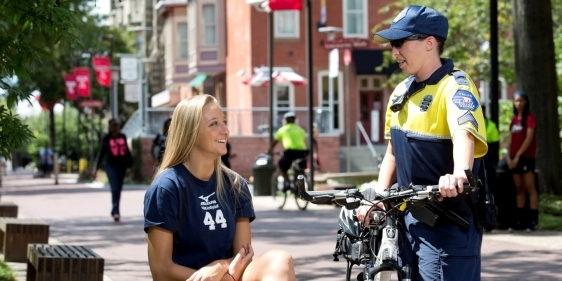Calling in reinforcements
High-tech upgrades benefit Campus Safety Services’ Communications Center.

Temple’s Department of Campus Safety Services recently added high-tech upgrades to its Communications Center, which supports university police and security personnel 24 hours a day, seven days a week.
Upgraded technology includes new software, computer monitors and two additional workstations. The Communications Center also features new furniture, dimmable lighting, extra durable carpet and new paint.
The upgrades will not only benefit dispatchers, police and security officers; they will also have a positive impact on the Temple community.
“TUPD will now have the ability to deploy additional dispatchers, as needed,” said Joe Garcia, Campus Safety Services’ deputy director of administration. “More importantly, the technological enhancements allow dispatchers to provide our community with the best possible service.”
The Communications Center’s computer-aided dispatch system interfaces directly with the Philadelphia Police Department’s 911 Emergency Dispatch Center, providing close collaboration between the agencies.
The Communications Center’s staff of 20 professionally trained and certified dispatchers work around the clock to ensure the safety of the university community.
Edda Bejarano, a systems administrator, worked behind the scenes to implement the technology into the Communications Center and across campus.
“Our main goal is to protect our Temple family,” she said. “New technology gives us the ability to respond to any of their needs quicker and gets us information in a timely manner. We are focused on providing the safest university possible, and the upgrades will certainly help.”
With more students living on and around campus, Campus Safety Services looked to the future when implementing the software and technology.
“Although the Communication Center’s technology was high quality, it was aging and needed a well-deserved upgrade,” Garcia said. “We are projecting a bright future at Temple, which means more students studying and living on or near campus, by 2020. Those projections were seriously considered during the renovation process.”


